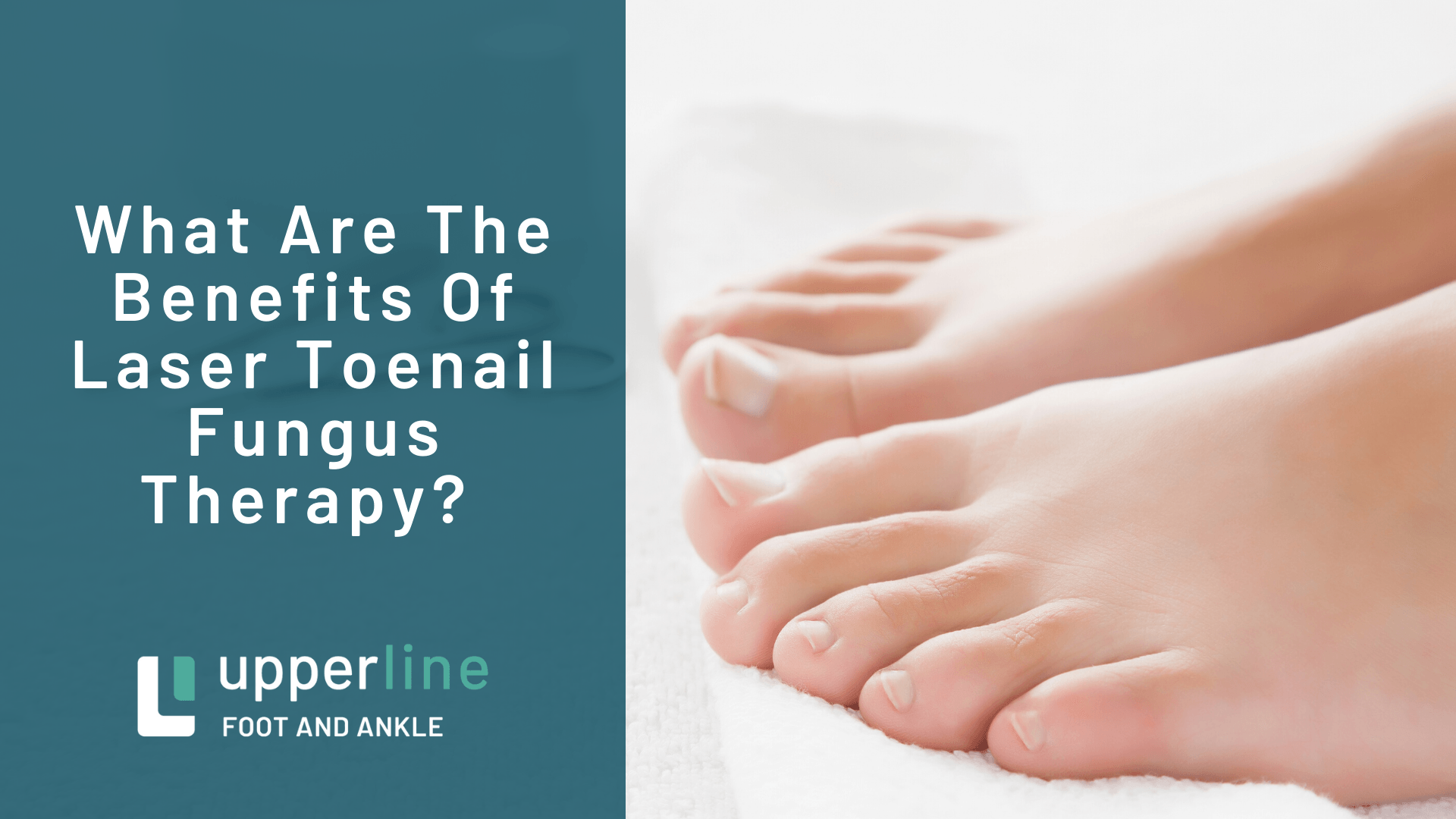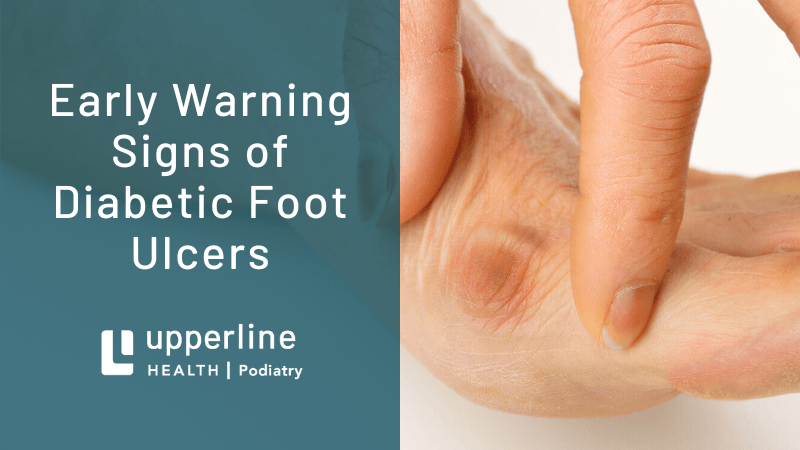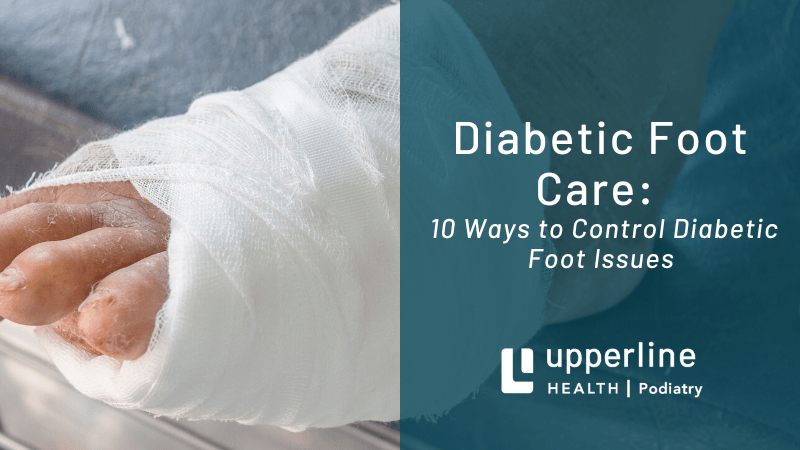What Are The Benefits Of Laser Toenail Fungus Therapy?

Toenail fungus is a fungal infection that impacts the toenails. Fungal toenail infections are fairly common, with those who have it experiencing mild to severe symptoms. Once a patient is diagnosed with a case of toenail fungus they’ll need to undergo treatment as this hard-to-treat infection won’t heal on its own. If left untreated, any symptoms experienced will only continue to worsen. Laser therapy is a top treatment option.
What Are Other Treatment Options For Toenail Fungus?
Common treatment options for toenail fungus include taking oral medications, applying topical antifungal medications, or a combination of both. Medications prescribed be a podiatrist offer a higher rate of success. Patients who don't respond to prescription medicines may need to undergo laser toenail fungus therapy to effectively treat the toenail fungus.
What Is Laser Toenail Fungus Therapy?
What is the process of laser toenail fungus removal? Today's laser technologies allow a podiatrist to perform a laser procedure to address ongoing toenail fungus problems. This treatment therapy offers patients suffering from constant fungal infection-related toenail problems the chance to finally be fungal-free. How does it work? Toenail fungus therapy works by using the laser’s beam to create heat, in turn killing the organisms that are causing the toenail to be infected.
Toenail fungus often thrives at the base of a nail. Laser therapy penetrates both the toenail and the soft tissue. This not only immediately kills the hard-to-target fungus, it also promotes new and healthy nail growth. When it comes to how long it takes for laser toenail fungus therapy to work, most patients can expect to fully heal within 6 to 9 months.
Benefits of Laser Toenail Fungus Therapy
Patients who decide to undergo laser therapy to treat toenail fungus often do so after learning about the many benefits that come with choosing this common laser procedure. Once a patient’s treatment session is over they can expect their toenail(s) to begin growing healthy nail tissue within a matter of weeks.
- Heat Kills The Fungus. The main benefit that comes with undergoing laser treatment is that lasers completely destroy the fungus. The heat generated from the laser immediately eliminates the fungus, making this an extremely efficient treatment option for healing fungus in a patient’s toenails.
- Little Discomfort. The process of performing laser toenail fungus removal is one that causes very little, if any discomfort to the patient. Patients who do experience any level of discomfort often does so within the first 48 hours after undergoing the laser procedure. Laser therapy doesn't require patients to take anesthesia.
- Simple Procedure. Laser treatments take between 5 and 15 minutes to perform, depending on the patient’s overall severity. Many patients only require one treatment to experience successful results. Patients who need more than one treatment must wait 30 days between treatments.
- Fast Results. How long does it take for laser toenail fungus therapy to work? Laser therapy for treating toenail fungus is a fast treatment option. This means patients who undergo laser treatment will begin to experience immediate relief. Patients receive fast results due to the laser's ability to immediately kill the fungus.
- No Side Effects. Are there any side effects to laser toenail fungus therapy? Patients will experience no negative side effects when choosing to treat their toenail fungus problems utilizing the latest in laser toenail fungus therapy technology. This makes this a completely safe medical procedure to address and treat ongoing and/or severe toenail fungus problems.
- Quick Recovery Time. Patients can expect to recover from undergoing laser therapy within 2 weeks. Patients have the ability to recover quickly as using a laser to treat toenail fungus reduces the amount of swelling and helps to minimize the formation of scar tissue.
Who Is Eligible Or Recommended For Laser Toenail Therapy?
In other words, are there any patients who are not recommended for laser nail fungus removal? Patients not approved to undergo laser nail fungus removal include pregnant or nursing women, those who have pigmented lesions or ingrown toenails, or anyone diagnosed with diabetes, peripheral neuropathy, peripheral vascular disease, or arterial insufficiency.
Good To Know
Many people struggle to get rid of their toenail fungus problem once and for all. Fungus removal is often difficult to treat because the fungus can get into the layers of a toenail, even growing underneath the nail. Toenail fungus not only can get in the way of one’s ability to perform their everyday duties, it can potentially spread to other parts of the body.
If you're currently experiencing ongoing toenail fungus problems, making an appointment with a podiatrist to learn whether you should undergo laser toenail therapy is your next step.



